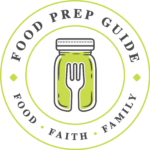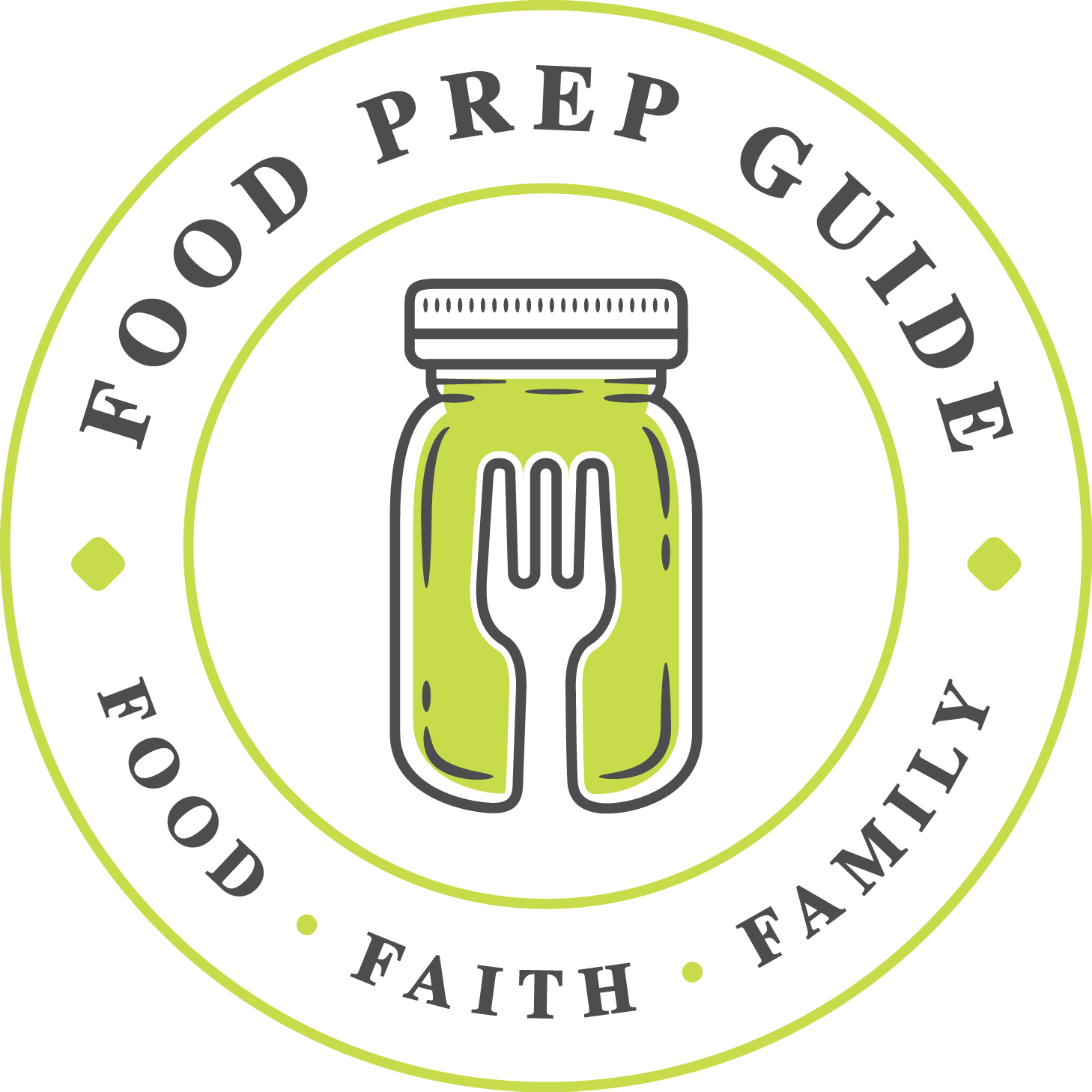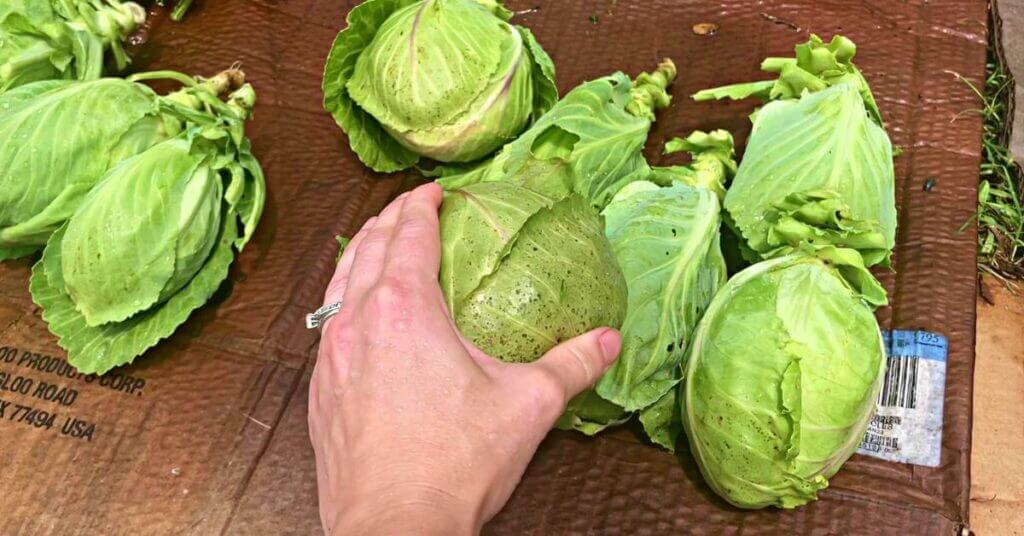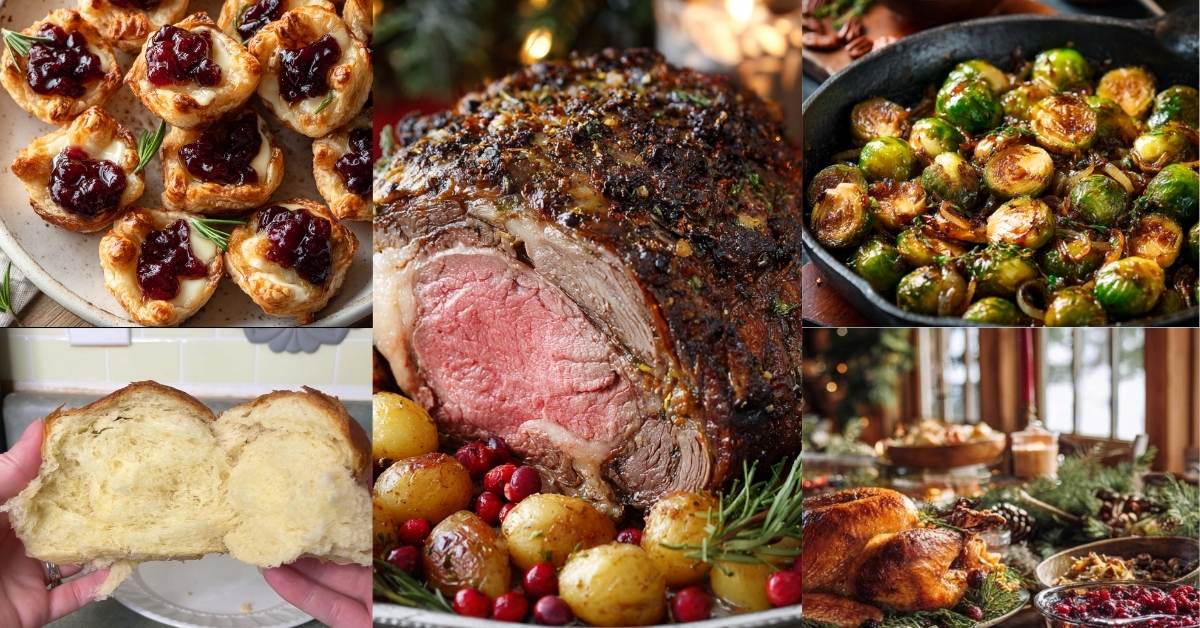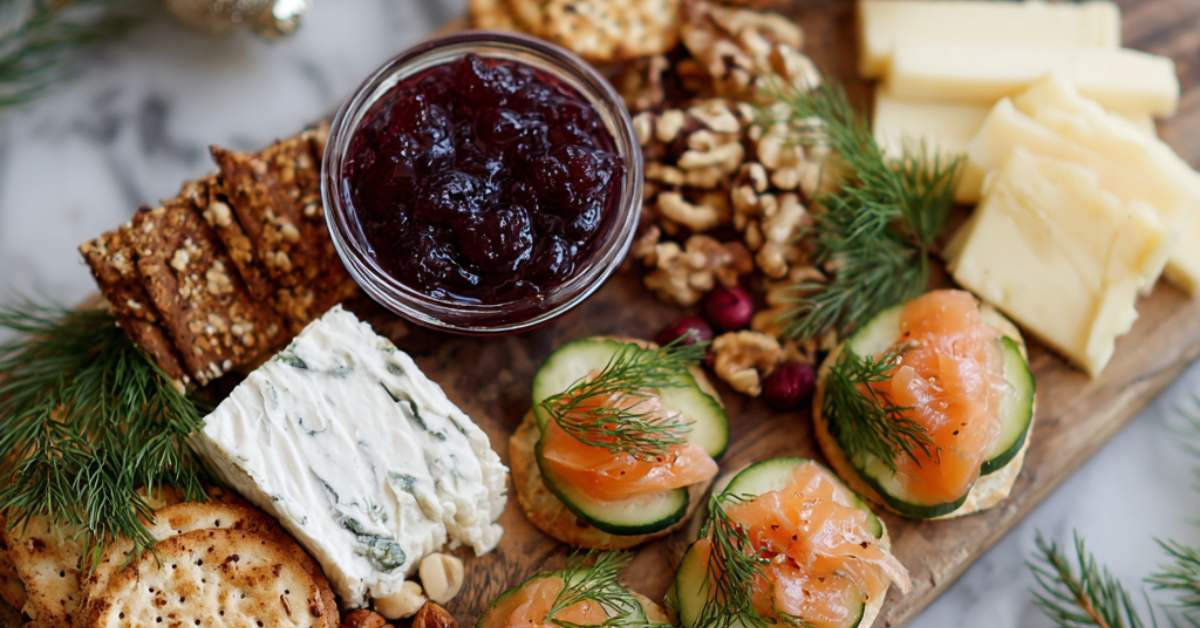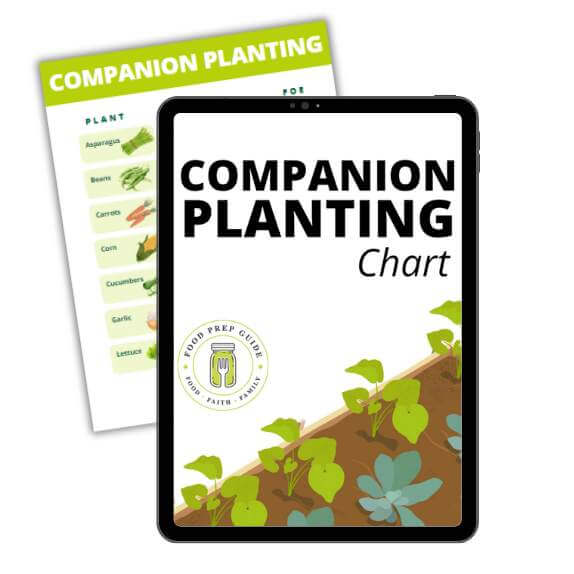Harvesting cabbage at the right time ensures optimal flavor, texture, and nutrients. The harvesting period for cabbage depends on several factors including the variety grown, planting time, and growing conditions.
Generally, cabbage plants can be harvested between 60 and 90 days after planting.
The maturity of the head is the key indicator of when it’s time to pick the cabbage. Heads that are firm and hearty throughout are typically ready for harvest.
There are always nuances in the garden, so let’s take a closer look at understanding when to harvest cabbage.
Understanding Cabbage Varieties
Though there are more, we’ll focus on the four most popular varieties of cabbage in the backyard garden:
- Green Cabbage
- Red Cabbage
- Savoy Cabbage
- Napa Cabbage
Green Cabbage
Green Cabbage is the most common variety and is typically found in dishes like coleslaw and sauerkraut.
This type of cabbage has a tightly packed head with smooth, green leaves. One popular green cabbage cultivar is the Early Jersey Wakefield (Brassica oleracea), which matures quickly and can be harvested within 50 to 60 days.
Our favorite variety here in zone 7b is Golden Acre, which is also an early-maturing variety.
Prices pulled from the Amazon Product Advertising API on:
Product prices and availability are accurate as of the date/time indicated and are subject to change. Any price and availability information displayed on [relevant Amazon Site(s), as applicable] at the time of purchase will apply to the purchase of this product.
Red Cabbage
Red Cabbage, known for its deep purple-red hue, adds a vibrant color to dishes and salads. It has a slightly sweeter taste compared to its green counterpart and is packed with antioxidants.
Red Cabbage shares similar growing conditions to Green Cabbage but might need a bit more time to mature.
Savoy Cabbage
Savoy Cabbage is characterized by its crinkled, ruffled leaves and a more tender texture. It has a milder flavor than Green and Red Cabbage, making it suitable for using raw in salads or lightly cooking.
Savoy Cabbage takes a bit longer to grow than the early-season varieties, maturing in around 75 to 85 days.
Napa Cabbage
Napa Cabbage, also known as Chinese Cabbage, has elongated, pale green leaves with a mild, slightly sweet flavor. It is often used in Asian cuisine, particularly in stir-fries and kimchi.
Napa Cabbage requires similar growing conditions to other cabbage varieties but is more sensitive to temperature changes.
Recognizing When Cabbage is Ready for Harvest
Let’s discuss the signs to look for that indicate cabbage maturity.
Head Size and Firmness
A good indicator of when to harvest cabbage is the size and firmness of the head.
Although there isn’t a strict standard for how large your cabbage heads should grow before you pick them, you can generally harvest cabbages when they reach the size you desire.
Keep in mind that larger heads may be more prone to splitting, whereas smaller heads tend to be more tender.
When the cabbage head feels firm and solid to the touch, it’s likely ready for harvest. You can use your finger to press in on the head to check its firmness.
If the leaves appear thick and tough, the cabbage is probably ready for harvest.
To harvest cabbage:
- Use a sharp knife to cut the head of the cabbage at the base of the stem.
- Store the cabbage in a cool, dry place or a refrigerator for up to two weeks.
Check out our tutorial for dehydrating cabbage!
Maturity and Days to Harvest
Each cabbage plant variety has different days to maturity, typically ranging from 60 to 90 days after planting.
Be mindful of the specific variety you planted and the date you planted it. Late-summer harvests are common for cabbage planted in early spring.
You can track the days since you planted your cabbage to get an idea of when the harvest might be due.
Ensure that you regularly check for firmness, head size, and leaf condition, as these are key factors in determining the optimal time to harvest your cabbage.
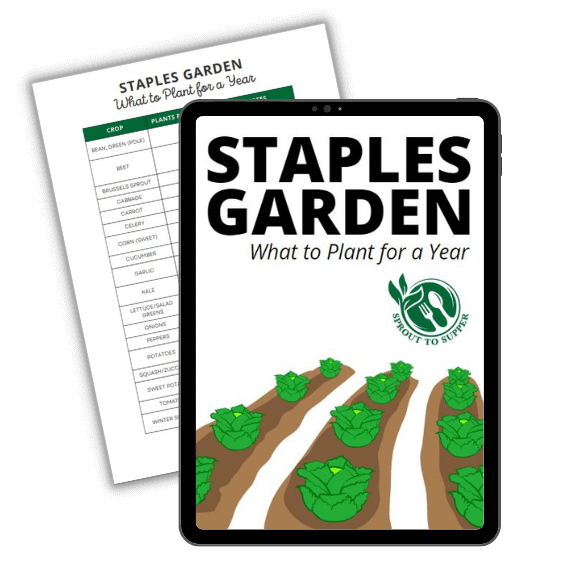
Dream of Filling Your Pantry with Homegrown Staples?
Plan your garden with our FREE PRINTABLE—Staples Garden: What to Plant to Feed Your Family for a Year!
How to Harvest and Store Cabbage
Use a sharp knife to cleanly cut the stem close to the head, avoiding twisting the stem, as this can damage the cabbage and reduce storage time.
It’s also helpful to leave two to four outer leaves around the head to protect it from drying.
Keep an eye on the weather—harvesting after a light rain can help retain moisture in the cabbage. If you’ll be eating it fresh, that’s fine. If you want to store it long-term, harvest it after several days with no rain.
Storing Fresh Cabbage
To store fresh cabbage, remove any damaged or thin outer leaves and gently wipe off any dirt. Place the cabbage heads in a cool, dry place, such as a refrigerator.
It is important to keep them away from meat, meat juices, or other contaminants to prevent cross-contamination.
Preservation Methods
To enjoy cabbage throughout the year, you can preserve it through several methods:
- Freezing: Chop the cabbage into smaller pieces, and blanch for 1-2 minutes. Drain and let it cool, then pack into plastic freezer bags or containers. Store in a freezer to use later with soups, stews, or other dishes.
- Fermentation: Transform cabbage into a delicious fermented food like sauerkraut or kimchi. These methods help preserve the cabbage and also provide probiotics for a healthy gut.
- Pickling: Cabbage can be transformed into various pickles, providing a tangy, crunchy addition to meals. Pickling also helps extend the cabbage’s shelf life.
- Dehydrating: Click here for a full tutorial.
With these harvest techniques, storage methods, and preservation options, you can enjoy fresh or preserved cabbage throughout the year!
